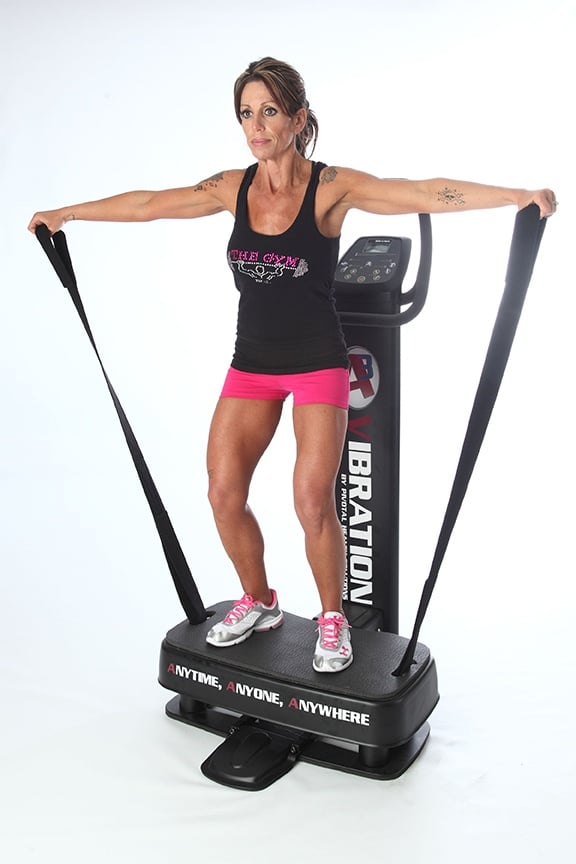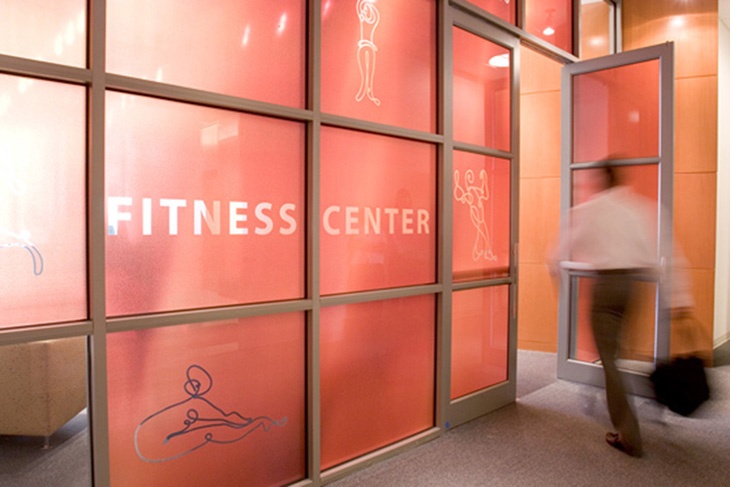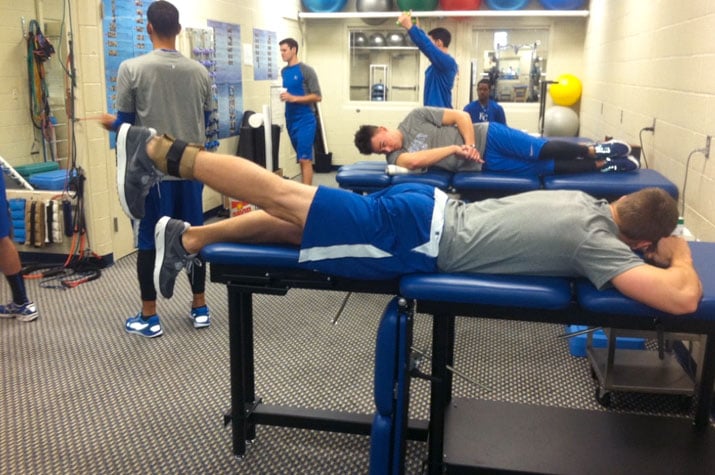A Leg and Shoulder Therapy Table Fit for Athletes
It’s a common enough sight in a training room—athletes, hanging half off a table, attempting to get in the right position so they can exercise their shoulder or hip joints throughout a full range of motion.
It works, but it’s not an ideal scenario. There’s the risk that athletes can injure themselves because they’re in a compromising position, or when time’s an issue, that athletes may choose to exercise just one side of their body, leading to a possible imbalance.
- See more at: http://www.teamedgeathletics.com/learn/blog/a-table-fit-for-athletes.aspx#sthash.47uVDJSG.dpufIt’s a common enough sight in a training room—athletes, hanging half off a table, attempting to get in the right position so they can exercise their shoulder or hip joints throughout a full range of motion.
It works, but it’s not an ideal scenario. There’s the risk that athletes can injure themselves because they’re in a compromising position, or when time’s an issue, that athletes may choose to exercise just one side of their body, leading to a possible imbalance.
- See more at: http://www.teamedgeathletics.com/learn/blog/a-table-fit-for-athletes.aspx#sthash.47uVDJSG.dpuf
It’s a common enough sight in a training room—athletes, hanging half off a table, attempting to get in the right position so they can exercise their shoulder or hip joints throughout a full range of motion.
It works, but it’s not an ideal scenario. There’s the risk that athletes can injure themselves because they’re in a compromising position, or when time’s an issue, that athletes may choose to exercise just one side of their body, leading to a possible imbalance.

Kyle Turner, athletic trainer for the Kansas City Royals professional baseball franchise, saw risks like these occurring nearly every day. But the right tools weren’t available to help solve the issue. He was getting frustrated, so one day he decided that he’d build a prototype table himself, one that would allow his athletes to perform functional exercises on both sides of their body and have enough flexibility in the design to still provide a flat surface for other therapies.
Turner built that first wooden prototype in his garage, designing a table that featured a liftback as well as a drop arm/leg and raised arm/leg, unlike any other table on the market at that time. When he brought it to the training room of the stadium in Kansas City, every team that used it loved it. (And, according to Turner, that original table is still there!)
Soon after, while he was at a conference, Turner shared a photo of his table design with Kevin Macpherson, a former athletic trainer himself and regional sales manager at Pivotal Health Solutions, the parent company of The Athletic Edge and PHS Chiropractic. “Think you can make this table?” asked Turner. Macpherson was intrigued. He took the idea back to PHS, and the result is the LAST (Leg and Shoulder Therapy) Table.
What continues to make the table so unique is a design that is ideal for functional training. If you think about a typical gym, weights there are designed for a straight up and straight down movement. But on the field, the court or in the pool, no movements are simply straight up and down.
The flexibility of the last table design allows any athlete, from baseball players and swimmers to football players and hockey players, to undergo rehabilitation that allows them to mimic the actual movements they would perform in their sport. The table can also be utilized for strength training and performance enhancement exercises.
Another plus: On a typical mat table, trainers may find it difficult to get close enough to an athlete to work on a patient properly. But with its narrow design, the LAST table easily allows for that. “The key to this table is athlete positioning and functionality,” said Macpherson. “It serves a lot of purposes.”
“It’s just dynamic, very, very dynamic—and our industry is that too,” added Turner. “We’re not treating guys in a stationary fashion anymore. It improves functionality in the entire training room, really.”

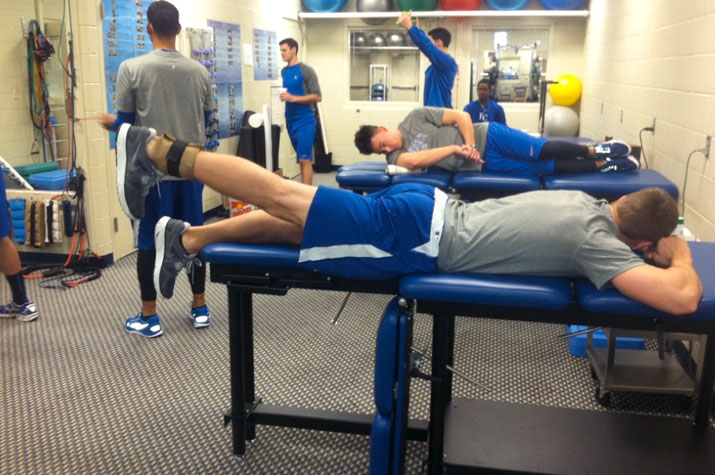


.webp)
